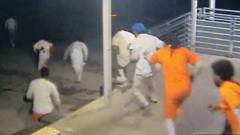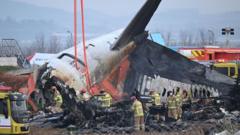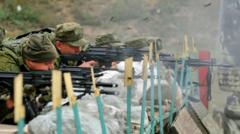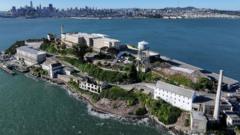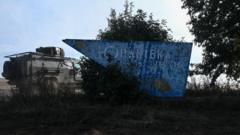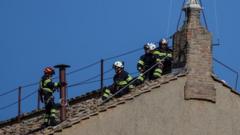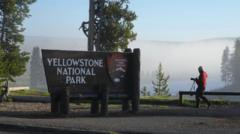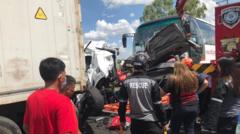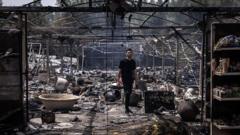Over the last six days, South Korea has been engulfed by devastating wildfires, leading to significant loss of life and property.
South Korea Faces Catastrophic Wildfires as Details Emerge

South Korea Faces Catastrophic Wildfires as Details Emerge
Severe wildfires in South Korea have left 18 dead and damaged ancient sites, prompting massive evacuations.
South Korea is currently grappling with some of its most severe wildfires in recorded history. As of March 26, 2025, at least 18 people have tragically lost their lives while over 19 have sustained injuries, many seriously. The fires, fueled by unusually dry weather conditions and strong winds, have scorched tens of thousands of acres and obliterated more than 200 structures, including two ancient Buddhist temples that date back over 1,000 years.
Both the impact on local communities and the cultural heritage loss have been enormous. Andong City, particularly, has suffered heavy damage, prompting the evacuation of approximately 27,000 people, including 500 inmates from a local prison. As the fires continued to rage, the acting president, Han Duck-soo, labeled the events as potentially the worst wildfire crisis in the nation’s history.
Witness statements reflected sentiments of fear and frustration at the inadequacy of firefighting resources, as flames threatened vital cultural landmarks such as the UNESCO-listed Andong Hahoe folk village. With several fires still active, local authorities indicated that containment efforts were hampered by wind gusts exceeding 56 miles per hour, preventing aerial firefighting support.
Initial investigations by the Interior Ministry suggested that the first blaze, which ignited on Friday in Sancheong County, may have been accidentally sparked by a farmer’s lawn mower. Subsequent fire outbreaks were linked to various sites, including a graveyard and a garbage incinerator. The series of wildfires underscores the dire effects of climate conditions and human activity.
Local and national government agencies are working tirelessly to mitigate the ongoing crisis, implement evacuations, and assess damages. The situation remains fluid, as authorities continue to monitor for the fires and administer support to the communities affected.
In summary, South Korea is facing an unprecedented firefighting challenge, requiring a comprehensive response to not only extinguish the flames but to support those impacted and protect invaluable historical treasures.
Both the impact on local communities and the cultural heritage loss have been enormous. Andong City, particularly, has suffered heavy damage, prompting the evacuation of approximately 27,000 people, including 500 inmates from a local prison. As the fires continued to rage, the acting president, Han Duck-soo, labeled the events as potentially the worst wildfire crisis in the nation’s history.
Witness statements reflected sentiments of fear and frustration at the inadequacy of firefighting resources, as flames threatened vital cultural landmarks such as the UNESCO-listed Andong Hahoe folk village. With several fires still active, local authorities indicated that containment efforts were hampered by wind gusts exceeding 56 miles per hour, preventing aerial firefighting support.
Initial investigations by the Interior Ministry suggested that the first blaze, which ignited on Friday in Sancheong County, may have been accidentally sparked by a farmer’s lawn mower. Subsequent fire outbreaks were linked to various sites, including a graveyard and a garbage incinerator. The series of wildfires underscores the dire effects of climate conditions and human activity.
Local and national government agencies are working tirelessly to mitigate the ongoing crisis, implement evacuations, and assess damages. The situation remains fluid, as authorities continue to monitor for the fires and administer support to the communities affected.
In summary, South Korea is facing an unprecedented firefighting challenge, requiring a comprehensive response to not only extinguish the flames but to support those impacted and protect invaluable historical treasures.

